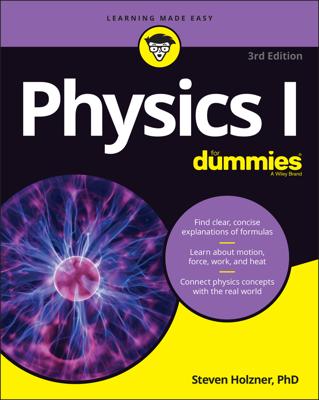Einstein's work led to a theory that tried to unify relativity and electromagnetics and is seen by many as a predecessor of string theory. The most famous work of Einstein’s life also dates from 1905 (a very busy year for him), when he applied the ideas of his relativity paper to come up with the equation E=mc2 that represents the relationship between mass (m) and energy (E).
The reason for this connection is a bit involved, but essentially it relates to the concept of kinetic energy. Einstein found that as an object approached the speed of light, c, the mass of the object increased. The object goes faster, but it also gets heavier.
In fact, if it were actually able to move at c, the object’s mass and energy would both be infinite. A heavier object is harder to speed up, so it’s impossible to ever actually get the particle up to a speed of c.
In this 1905 paper — “Does the Inertia of a Body Depend on its Energy Content?” — Einstein showed this work and extended it to stationary matter, showing that mass at rest contains an amount of energy equal to mass times c2.
Until Einstein, the concepts of mass and energy were viewed as completely separate. He proved that the principles of conservation of mass and conservation of energy are part of the same larger, unified principle, conservation of mass-energy. Matter can be turned into energy and energy can be turned into matter because a fundamental connection exists between the two types of substance.

